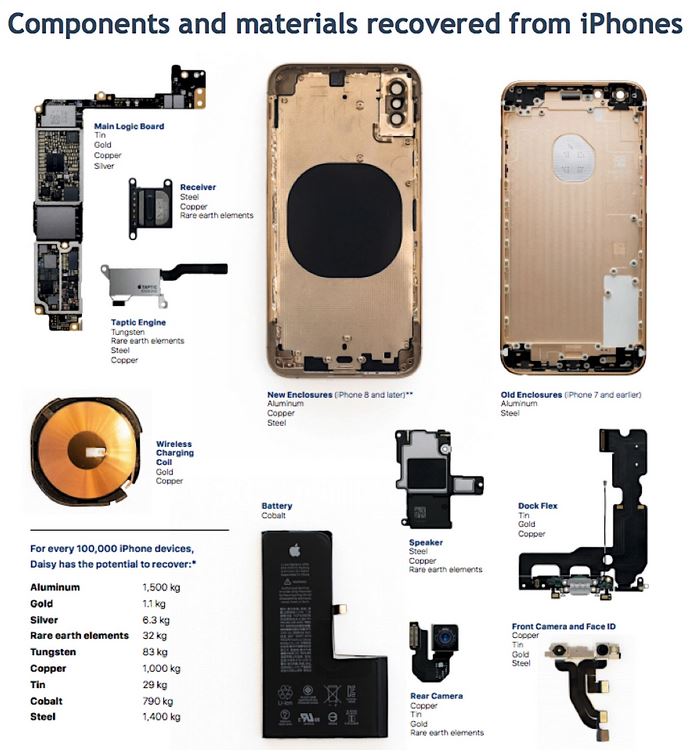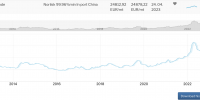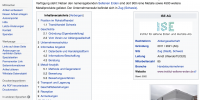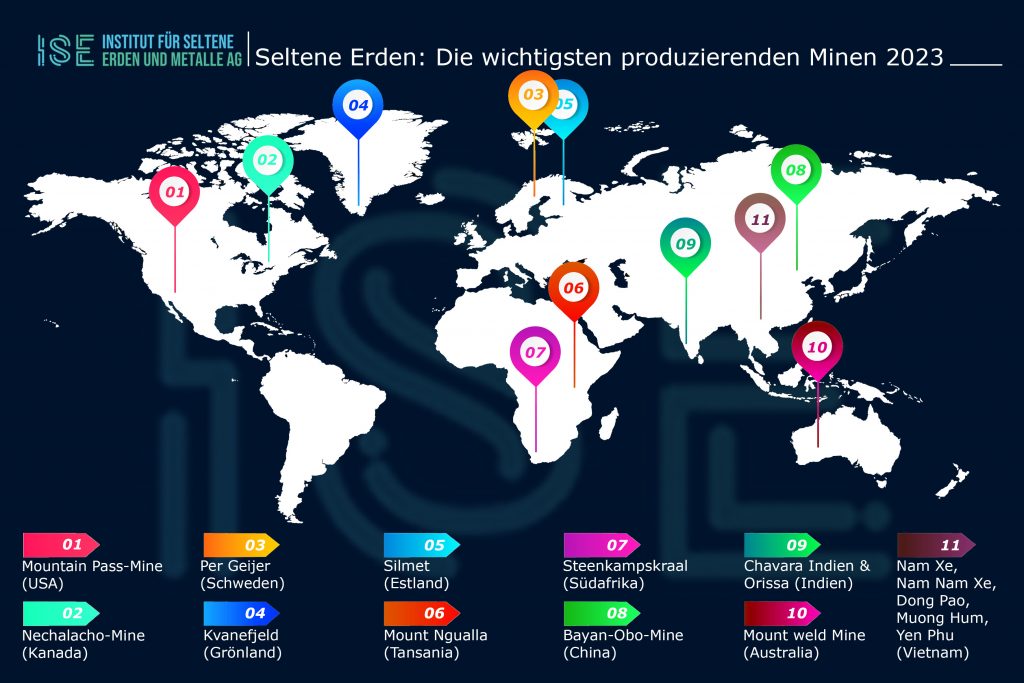According to Apple, the new iPhone generation consists of 25% of recycled rare earth elements
Tech giant Apple Inc (NASDAQ: AAPL) has announced that it will use 100% recycled rare earth elements in the new iPhones, which are included in all major components.
As described in the environmental reports for the new iPhone 11, iPhone 11 Pro and iPhone 11 Pro Max, the devices' “Taptic Engine”, with which iPhones can mimic a physical button press, even though it is a flat sheet of glass, is made from recycled rare Earth produced.
The portion represents about 25% of the total rare earth elements used in each iPhone, the company said, adding that the switch is "not related to trade tensions," but it could help maintain stable supplies.
“This is one of those lucky coincidences where what's good for the planet is also really good for business,” Lisa Jackson, Apple's environmental director, told Reuters. "One of the things we talk about a lot internally is generally how much more stable it makes our supply chain."
China, the world's largest producer and consumer of rare earths, has threatened to use its market power to force political statements in the ongoing US trade war.
The US imports from China about 80% of the 17 chemical elements used in a wide variety of consumer products such as telephones, electric car engines and critical military applications such as jet engines, satellites and lasers.
In its annual Environmental Impact Report, released earlier this year, Apple said it recovers 32 kg of rare earth from 100.000 iPhones it recycles, thanks to a robot called Daisy.
"Elements like neodymium, praseodymium and dysprosium are used in magnets for audio applications, in cameras and in haptics," said Apple. "Traditional recyclers do not recycle these rare earth elements because they are used in too small amounts and the technology for recovery is not sufficiently developed."
From the Apple Environmental Responsibility Report 2019.
The company has been making headlines recently with its attempts to source cobalt from miners on a long-term basis. The move is seen as a way to ensure adequate supply of rare earths, an integral part of the batteries that power Apple's phones and tablets.
Apple has reduced its commitment to cobalt mining companies in recent years due to review by international human rights organizations. According to Amnesty International, about 20% of the cobalt mined in Congo is mined by unofficial miners, including children, under often-hazardous conditions.
Reuters / ISE - September 2019








